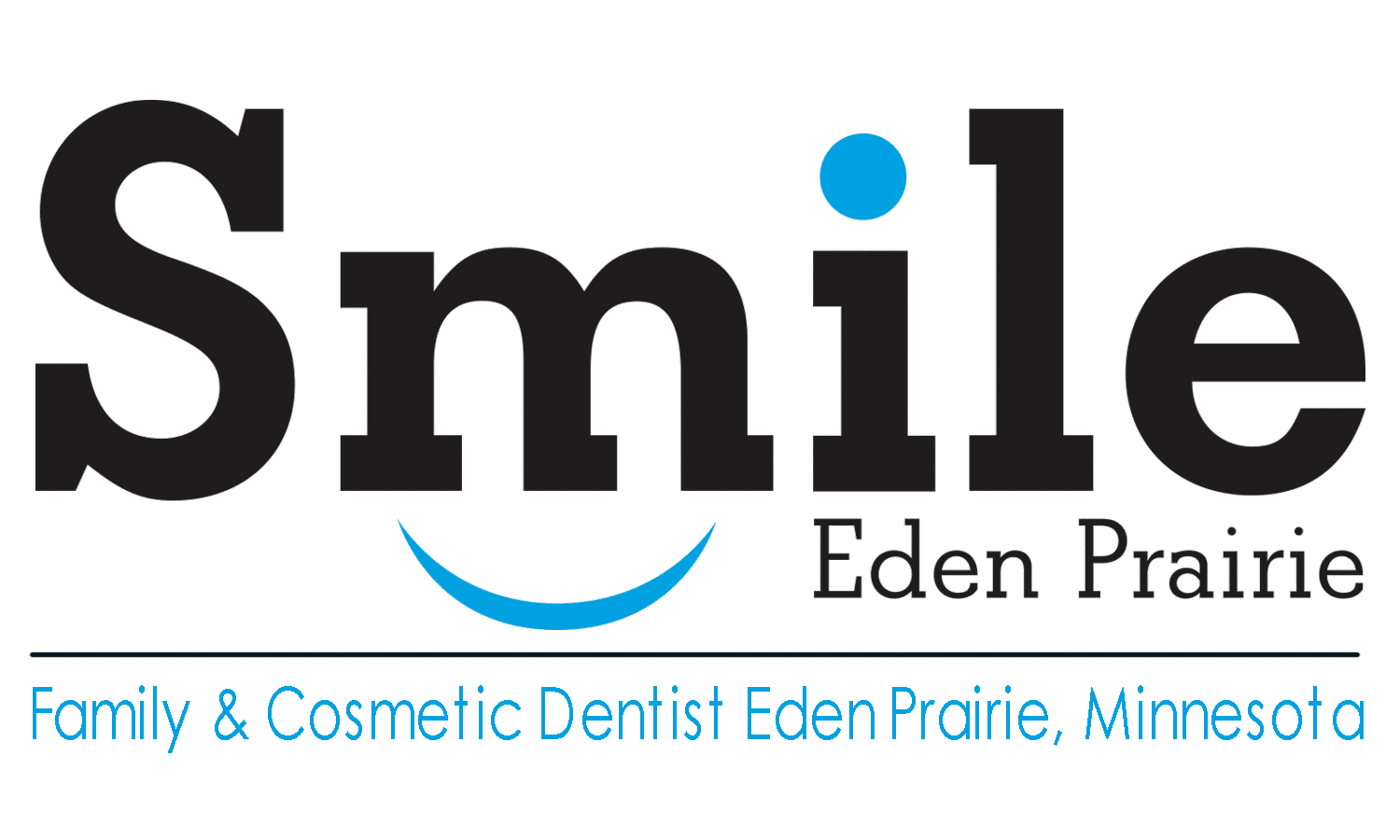General Dentistry Concepts: Oral hygiene
Oral hygiene is the practice of maintaining good oral health. It involves keeping the mouth clean and free from disease or other issues such as bad breath. Oral hygiene includes regularly brushing the teeth and flossing. It is important that patients are disciplined with their oral hygiene to prevent disease, oral issues and bad breath. The most common types of dental disease includes tooth decay or cavities and gum diseases, which includes gingivitis and periodontitis.
General oral hygiene guidelines encourage brushing twice a day. Patients should brush their teeth after breakfast and before going to bed. In an ideal world, the teeth would be cleaned following each meal. Cleaning between the teeth is called interdental cleaning and is equally as important as brushing the teeth. A toothbrush cannot reach between the small crevices of the teeth and as a result, only removes about half of the plaque. There are many tools which can be used to clean between the teeth. The tools include floss and interdental brushes.
Some people associate white and straight teeth with good oral hygiene, however, these aesthetic features aren’t always part of a hygienic mouth which may have stained, crooked teeth. People may seek teeth whitening and orthodontic treatments for an improved appearance.
Plaque
Dental plaque is a sticky, yellow film which contains of a wide range of bacteria. It attaches to the tooth surface and can be especially visible around the gum line. It begins to reappear immediately after the tooth surface is cleaned. As a result, regular brushing is strongly encouraged. A diet which is high in sugar also encourages the formation of plaque. Sugar is converted into acid from the plaque. The acid then creates a breakdown of the adjacent tooth which can ultimately lead to tooth decay.
Tooth cleaning and decay
Tooth decay is the most common disease globally. More than 80% of cavities are inside fissures in teeth where regular brushing cannot reach the food that is trapped after eating. In addition, saliva and fluoride have cannot access the area to neutralize the acid and re-mineralize the teeth. Cavities rarely occur in the surface areas which are visible and easy to clean.
Teeth cleaning involves the removal of dental plaque and tartar from teeth. Cleaning is done to help prevent cavities, gingivitis, gum disease and tooth decay. Severe gum disease causes at least a third of tooth loss in adults.
Tooth brushing
Routine tooth brushing is the primary method for preventing many oral diseases. It is possibly the most important activity an individual can perform to help reduce the buildup of plaque. Controlling plaque helps reduce the risk of suffering from plaque-associated diseases which can include gingivitis, periodontitis, and caries. Which are the three most common oral diseases. The average brushing time for most individuals is between 30 and 60 seconds. Most oral health care professionals suggest that tooth brushing should last at least two minutes, and be completed twice a day. Brushing for at least two minutes is optimal for preventing oral diseases and removes substantially more plaque than brushing for 30-60 seconds.
Flossing
Tooth brushing alone cannot remove the plaque from all tooth surfaces. Approximately 40% of the tooth’s surface is interdental. One popular technique for removing plaque from these areas is dental floss. Using the proper technique, flossing can remove plaque and food particles from between the teeth and below the gumline. The American Dental Association (ADA) reports that nearly 80% of plaque can be removed from flossing. The ADA recommends cleaning between the teeth as part of a good daily oral hygiene regime.

